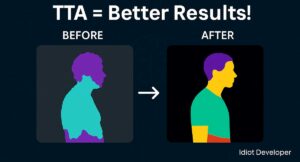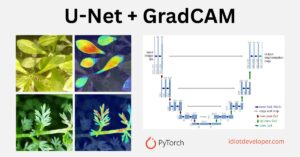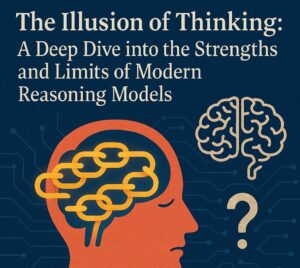In recent years, advances in machine learning and deep learning techniques have revolutionized the field of computer vision. With the help of these techniques, we can now detect and identify objects in real time with remarkable accuracy. One of the most popular tasks in computer vision is human face detection, which plays a crucial role in various applications such as biometrics, video surveillance, and many others.
In this tutorial, we will explore the implementation of Human Face Detection using Multi-task Cascaded Convolutional Networks (MTCNN) in TensorFlow. MTCNN is a deep learning model that is trained to perform facial detection, facial landmark estimation, and face alignment all in one network. This makes it an ideal choice for real-time face-detection applications. In this tutorial, we will be using the pre-trained MTCNN model for face detection and will be discussing the implementation details of the model in TensorFlow.
First, you will need to install TensorFlow and other required libraries such as opencv-python. You can install these using pip3.
pip3 install tensorflow opencv-python mtcnn
Next, you import all the required libraries.
from mtcnn import MTCNN
import tensorflow as tf
import cv2
We read an image containing multiple humans using OpenCV.
image = cv2.imread('image/face.jpg')
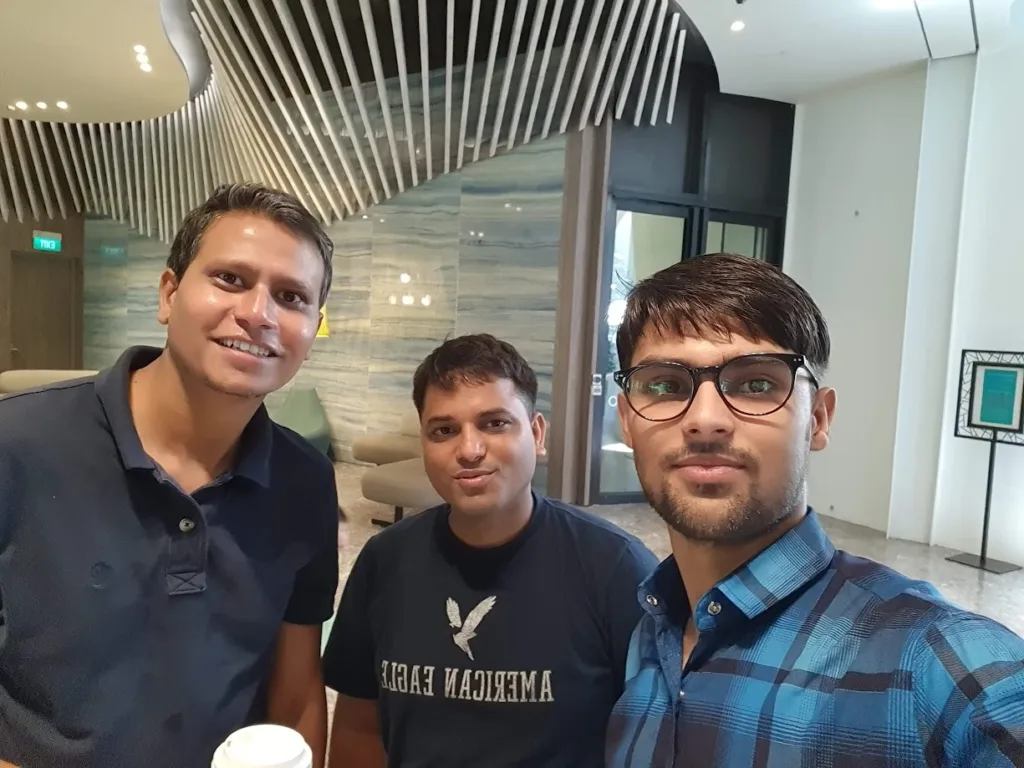
After that, we will call the MTCNN class to use its detect_faces function to detect faces from an image.
detector = MTCNN()
faces = detector.detect_faces(image)
The detect_faces function returns a list of dictionaries, each containing the bounding box coordinates and facial landmarks for each detected face. You can use these coordinates to draw rectangles around the detected faces.
for face in faces:
x, y, width, height = face['box']
cv2.rectangle(image, (x, y), (x+width, y+height), (255, 0, 0), 2)
Finally, you can display the image with the detected faces using the following code.
cv2.imshow("Face Detection", image)
cv2.waitKey(0)
cv2.destroyAllWindows()
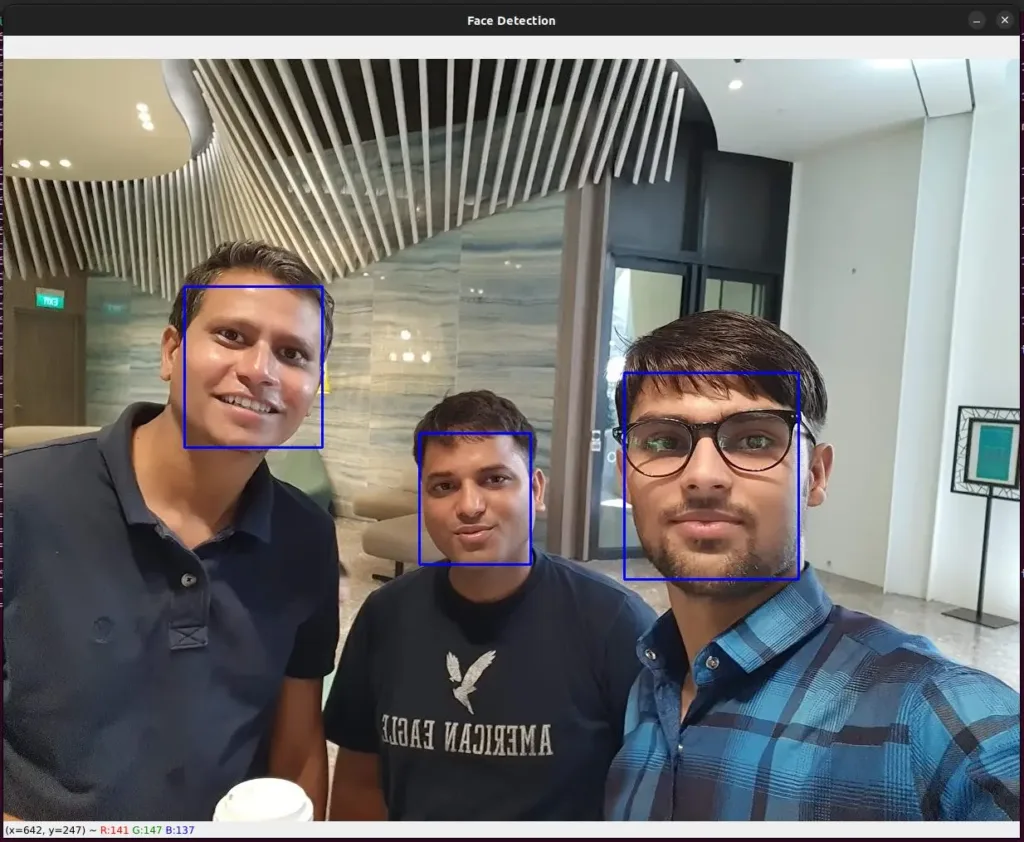
This is a basic example of using the MTCNN model for human face detection in TensorFlow. You can further customize this code to fit your specific needs, such as detecting faces in video streams or detecting multiple faces in one image.


